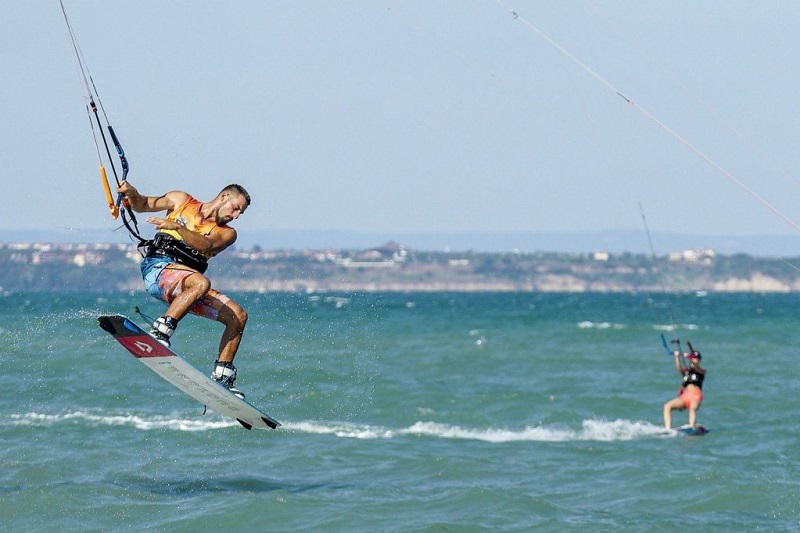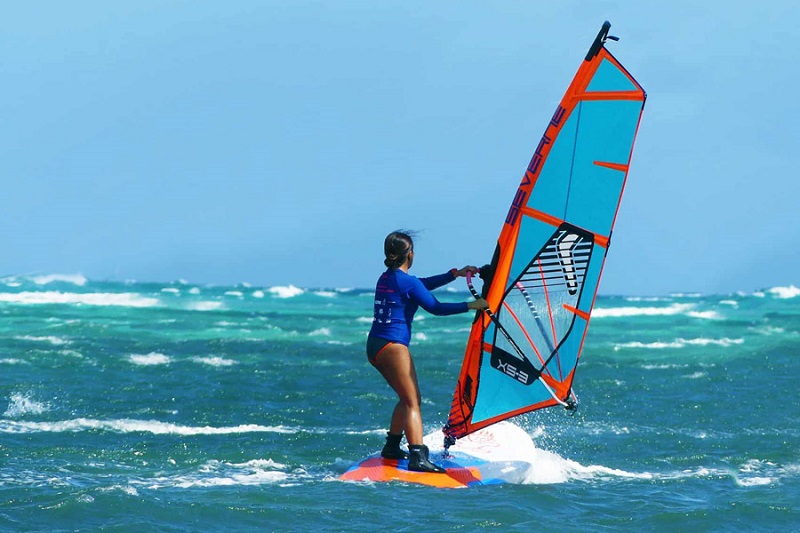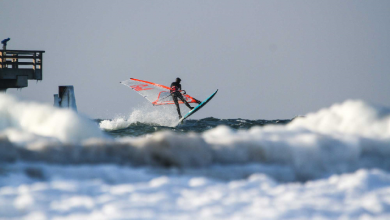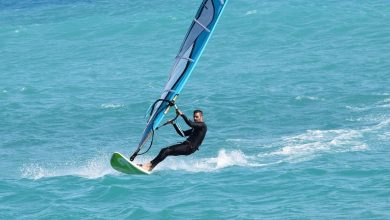What is a kitesurfing harness and what is it for?

The kitesurfing harness has been a clear example of how fashions are changing and how this sport adapts to be part of those fashions. As kitesurfing has evolved, the harness has accompanied this process and has adapted in design and safety.
The harness is one of the vital parts of the kiteboarding equipment. Selecting a harness suitable for your body and your riding style is essential. Its basic function is to connect you with the bar and it is with the kite. The harness also produces a balance area that allows you to turn, guide, and control your kite with just one hand.
What is kitesurfing harness for?
As a general rule in kitesurfing, you don’t want to experience the failure of any part of the equipment because if this happens, you can be stranded in the open sea.
That is why you should always check that your material is in good condition and use a good quality harness made of resistant materials. A cheap, low-quality harness is not recommended. Remember that it is your safety that is at stake.
What is the best kitesurf harness?
If you are starting a kite, the recommended harness is the seat harness. In the beginning, the kite spends a lot of time in the zenith or also known as. This type of harness prevents it from getting on, making us uncomfortable. It could even cause us not to control the kite correctly because it is not placed in its position. Another point to take into account is the size. In the following image, you can see a table with the measurements to know which the most suitable size is for you.
Size guide
Types of kitesurfing harness
There are 4 types of kitesurfing harnesses: the waist harness, the seat harness, the wave harness and the swimsuit harness. It is up to the rider to choose the best harness that suits their riding style. This is why you should compare the features before making a final decision.
Seat harness
Back pain sufferers tend to use a seat harness because it fits properly around the hips, it also offers a lower attachment point, and the crotch straps prevent it from lifting.
The seat harness or truss is the ideal harness for beginners and is still used by innovative kite athletes in sprinting.
Waist harness
The waist harness provides a much freer sailing experience, allowing the legs to move more comfortably. They are much lighter to carry. They look cooler. The attachment point is located between the ribs and the hips. It is the best option for riders who go on the freestyle path.
There are also higher back support waist harnesses, a good choice for riders who never let go or freeride enthusiasts.
Wave harness
Wave kitesurfers generally choose rope systems rather than a hook to ensure that the hitch point can slide off and allow for sharper turns. In short, it is a waist harness in which the hook is exchanged for a rope.
Swimsuit harness
We have the swimsuit harness, a simple concept, a swimsuit with a hook at the waist for maximum freedom of movement.
What kitesurf harness to buy?
These are the main points when choosing a kitesurfing harness:
- Comfort: All harnesses should fit comfortably without being too loose or tight. Extreme stress on the ribs will cause discomfort and may force you to end your kite session.
- Safety features: A good harness has at least 4 straps: two of these are to adjust it around the waist and prevent it from riding up. If the model is a seat, likely, it does not have these last two. It is also interesting that it carries a blade known as a line cutter, although most harnesses do not incorporate them in reality.
- Quality of the materials: It would be good to place our trust in recognized manufacturers for this point. If there is something that can be highlighted, if they do not do a good job, they do not last in the market.
- The size: A proper fit offers support and reduces muscle fatigue, allowing for a longer and safer kite session.




